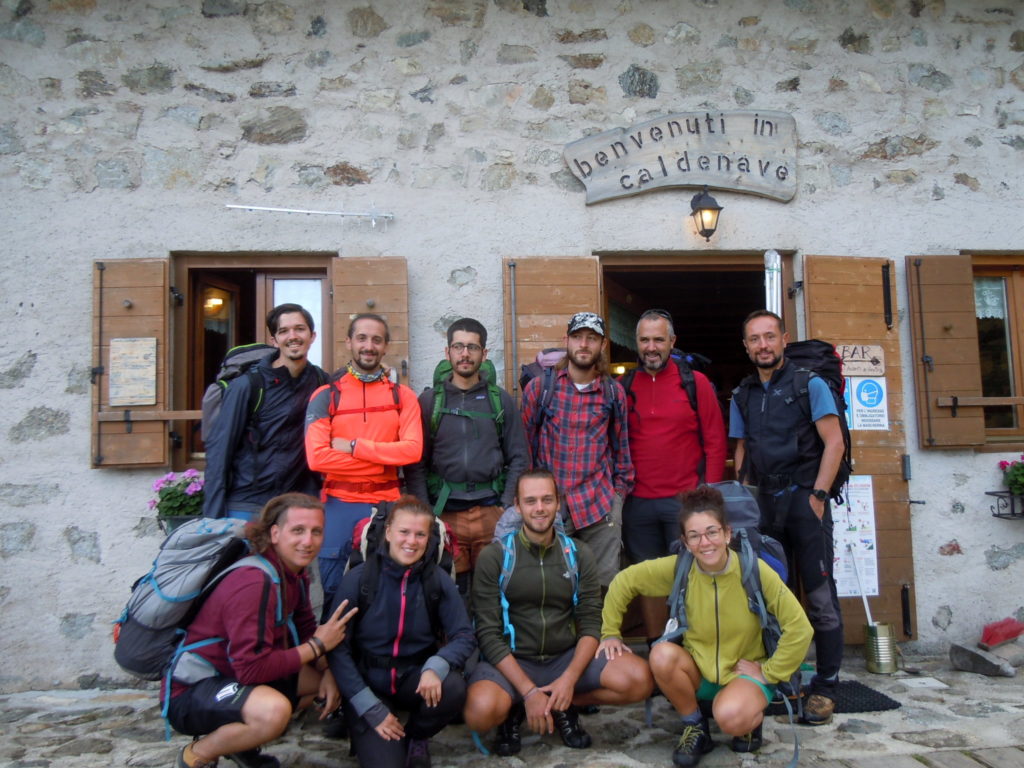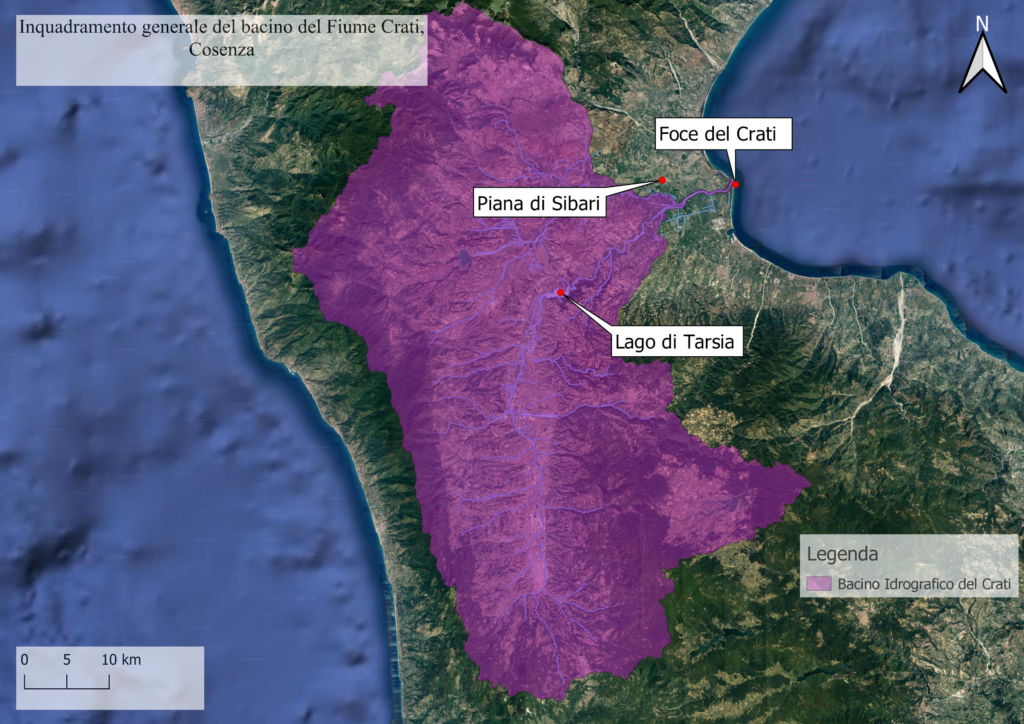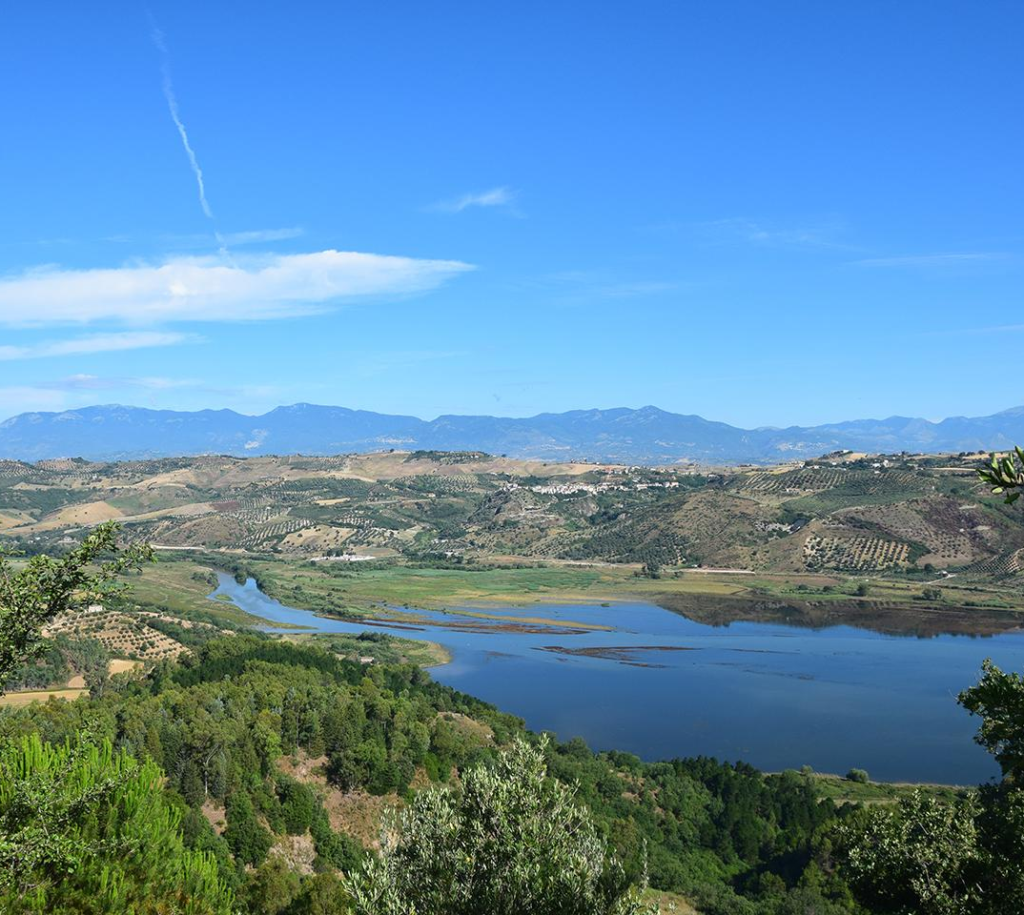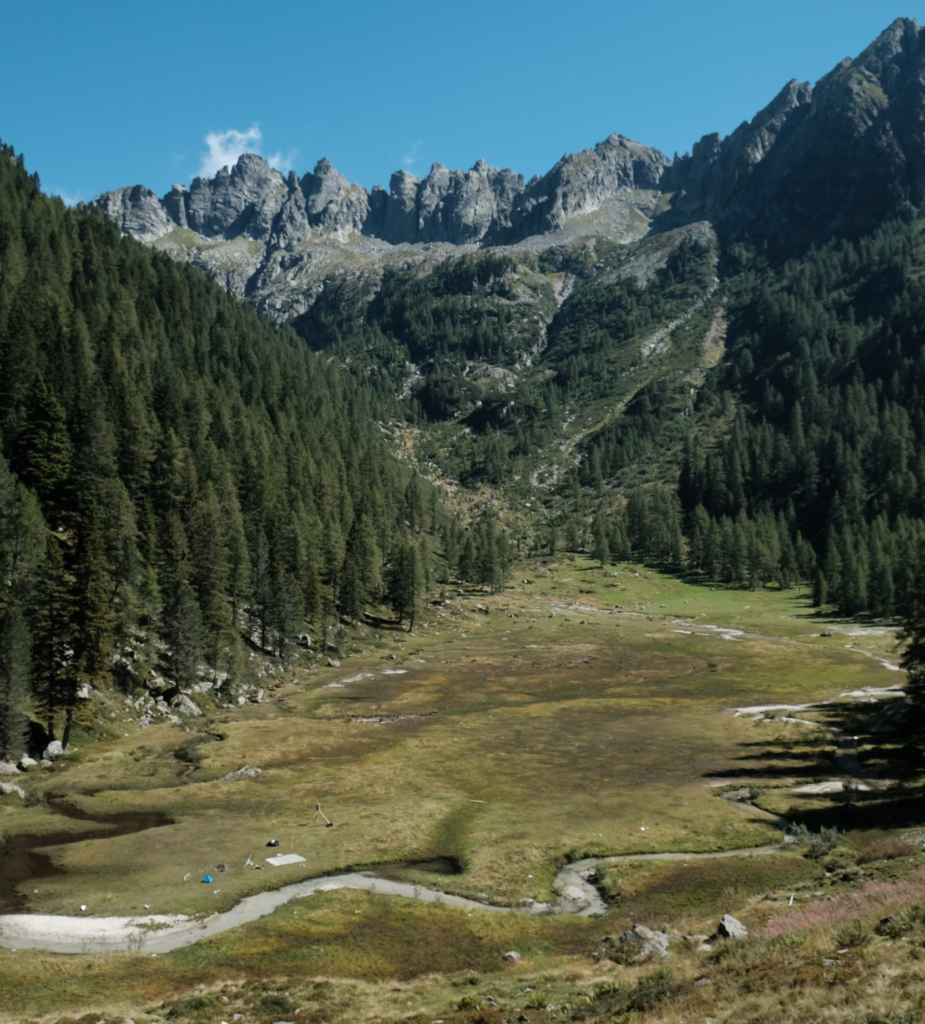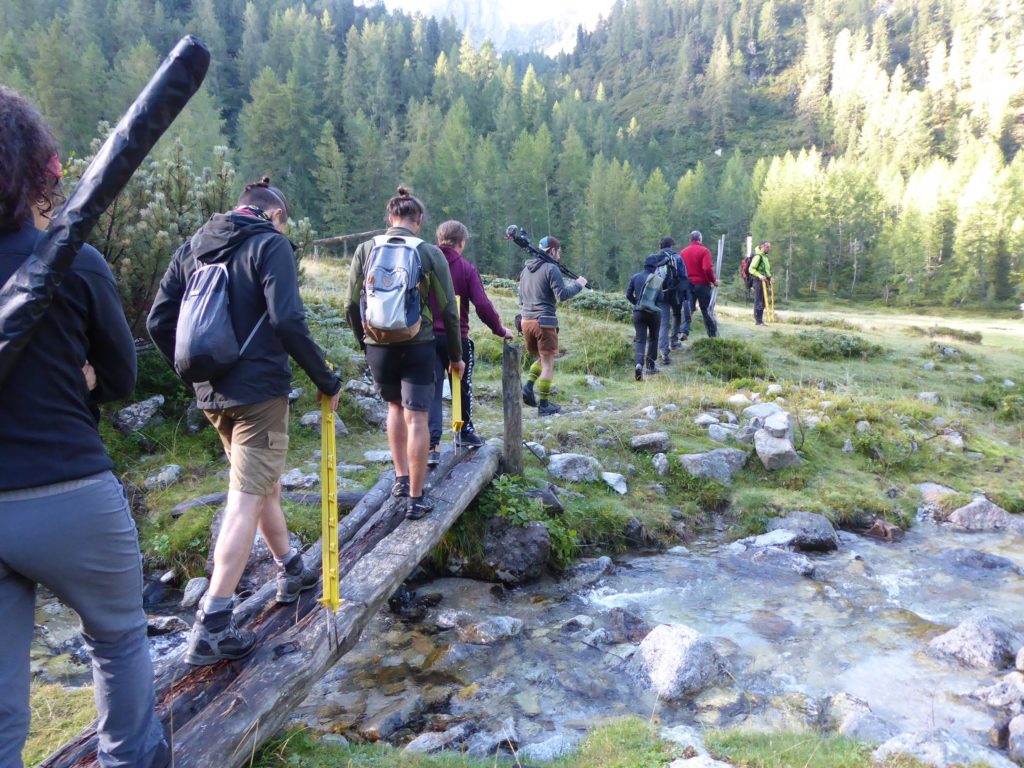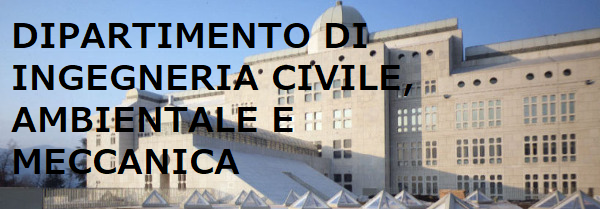The sanitary emergency did not stop the 2020 SeeD edition. This year the students of the University of Trento developed a development cooperation project with the technicians of the Natural Reserve of Tarsia Lake, in the region of Calabria, Italy. The Tarsia lake is an artificial reservoir and is used as the main source of water for the plain of Sibari (Cosenza), especially during summer months. A dam partially interrupt the course of Crati river to fill the upstream reservoir.
The first aim of the study was to analyse the dynamics of sediments in the lake, as to verify the process of landfilling that could limit the storage of water in the reservoir.
To assess the storage capacity of the Tarsia lake, four factors were calculated: (i) the sediment transport, (ii) the agricultural water demand, (iii) the evaporation from the surface lake and (iv) the inlet flow. Then, through the reservoir’s equation, the water storage variations were estimated.
The second goal of the study was to determine the morphological features of the Crati river through the application of the Morphological Quality Index (IQM). This method provides tools for the analysis of water course alterations caused by anthropical activities. Unfortunately, due to the sanitary emergency, it was not possible to go to the Natural Reserve of Tarsia lake and conduct there in-field measurements. However, it was decided to carry out a campaign of measures in a river with similar characteristics near Trento and thus provide the Calabrian partner with the correct methodology adapted to the needs of their context.
During the first week of September, a field survey in the plain of Caldenave (Lagorai mountain chain) has been conducted to apply the study made for the Crati river. Caldenave stream is similar to Crati river, despite the different size of the riverbed. The IQM method was applied to the Rio Caldenave and a 2D sediment transport model has been developed. This field activity was a training experience for the involved students and made them able to train the technicians of the Natural Reserve of Tarsia Lake to carry out the same activities on their context.
